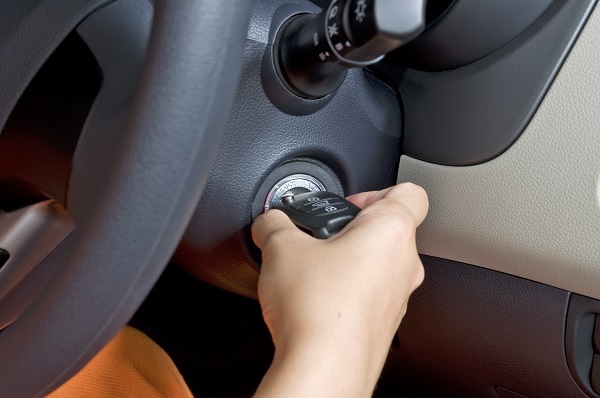The Erin Swezey Act and Ignition Interlock Devices

The Erin Swezey Act imposes strict penalties requiring ignition interlock devices for people convicted of driving under the influence. The Act went into effect in 2011 and is named after an Oklahoman killed by a drunk driver.
An ignition interlock device prevents a driver who has consumed a certain detectable level of alcohol from operating a motor vehicle. Generally, the devices have a small spout that drivers blow into and a screen shows whether the driver has exceeded the blood alcohol limit. If so, the driver cannot start the car. Usually there is a waiting period before the driver can try using the interlock device again. In theory, the devices prevent people convicted of DUI from second offenses because they cannot start the car with a certain blood alcohol content.
Under the Erin Swezey Act, drivers convicted of DUI must have an ignition interlock device installed to have their driver’s licenses reinstated. Depending on how many prior convictions a driver has, the ignition interlock must remain in place for anywhere from 18 months to over 5 years.
If a driver’s license is reinstated after a DUI, it will be on a restricted basis. This means that any vehicle he operates must have an ignition interlock device installed and the issued driver’s license will say “Ignition Interlock Device Required” on it. If a driver operates a vehicle for his job, his company vehicle must have an interlock installed unless his employer makes a written request to the Department of Public Safety. 47 O.S. § 6-212.3.
The first time someone has his driver’s license revoked for DUI, he must install an ignition interlock device if either (1) he refused to submit to a blood or breath tests or (2) he had a BAC of 0.15 or more. The ignition interlock device must stay in place for 18 months, starting either after the driver privileges are reinstated or after the license revocation period ends. 47 O.S. § 6-212.3.
The second time someone has his driver’s license revoked for DUI, he must install an ignition interlock device for 4 years, starting either after the driver privileges are reinstated or after the license revocation period ends. On the third revocation, the device must stay in place for 5 years. Note that if a driver receives a modified driver’s license during the revocation period, he may need to install an interlock while he has the modified license. 47 O.S. § 6-212.3.
To learn more about ignition interlock device penalties in DUI cases, seek out the DUI attorney who follows key changes in Oklahoma law to find the best defenses for his clients. Clint Patterson, Esq., of Patterson Law Firm, a former Tulsa prosecutor now using his trial experience and expert-level knowledge of DUI science to defend drivers, has the experience and the insight to evaluate the strengths and weaknesses of your case. To schedule a case evaluation, visit Patterson Law Firm online or call Clint’s office at (918) 550-9175.

